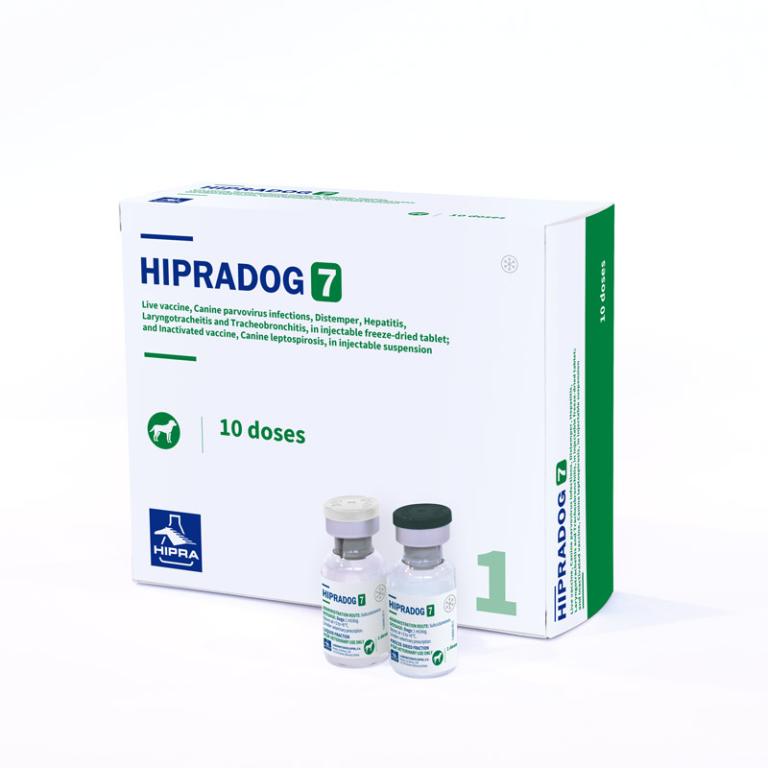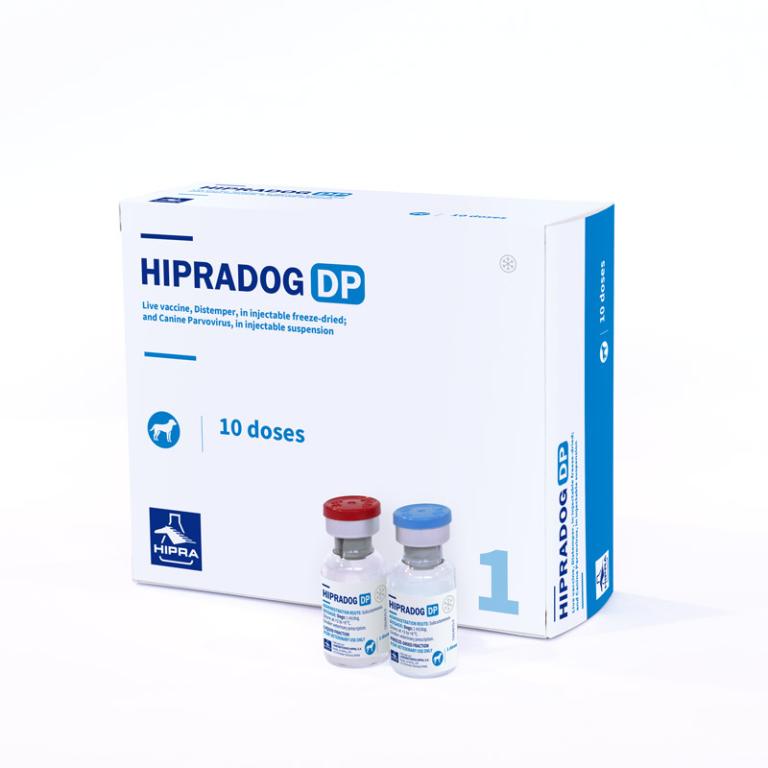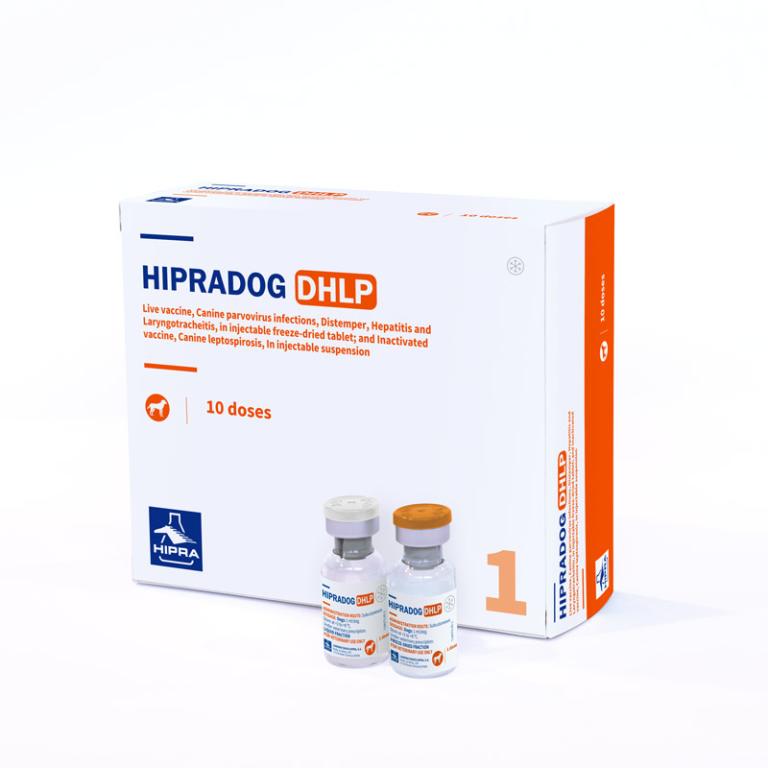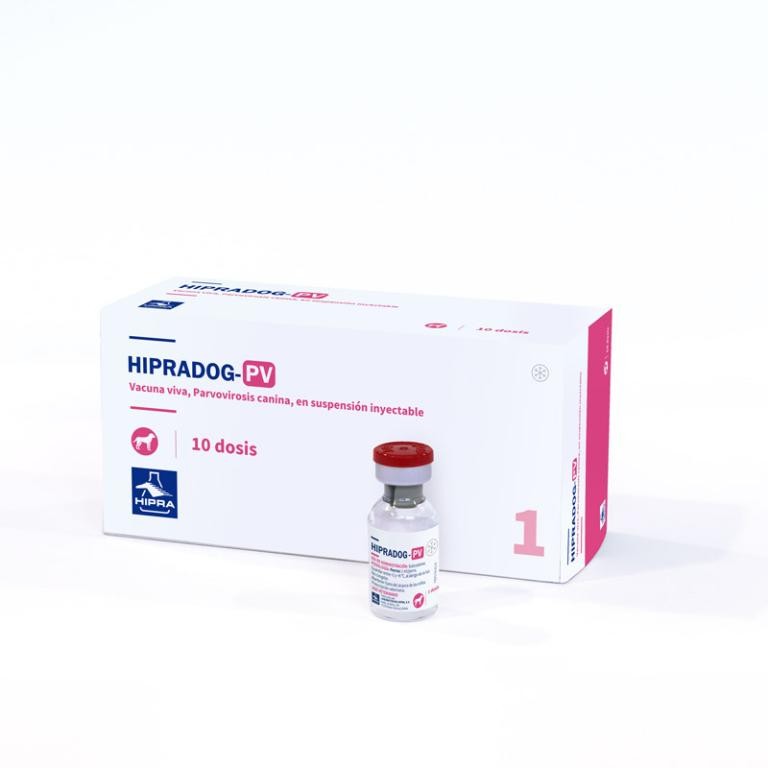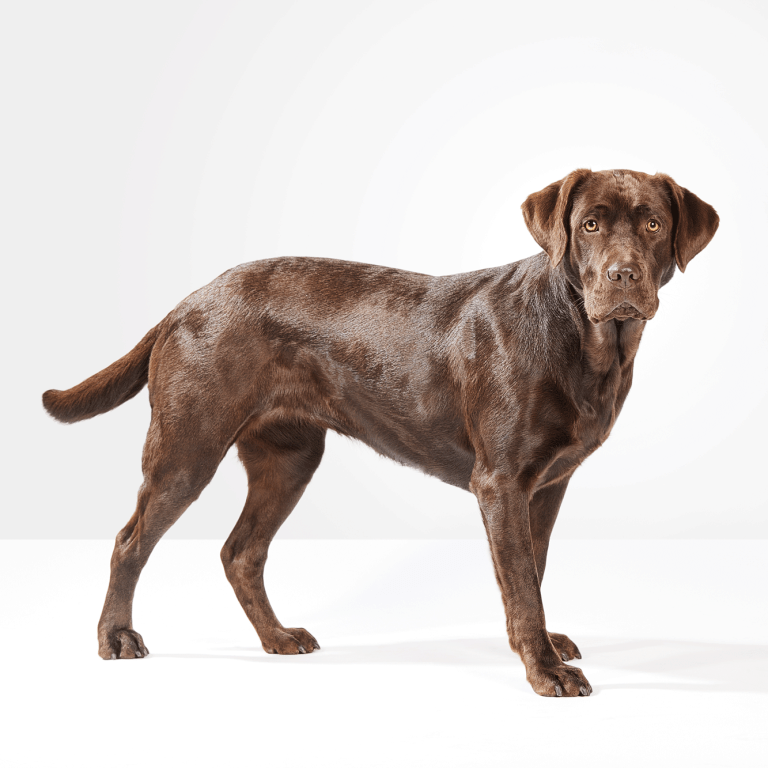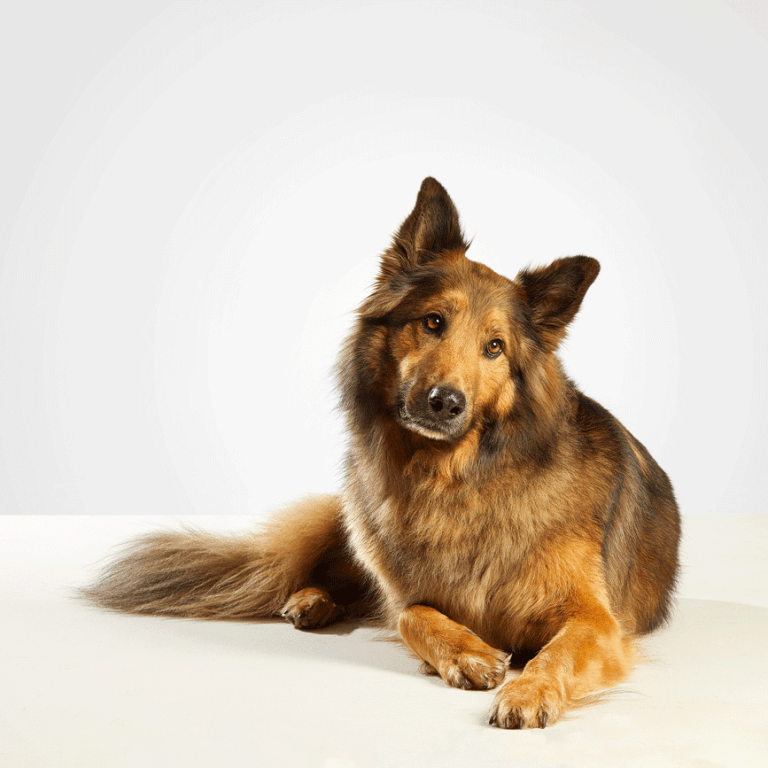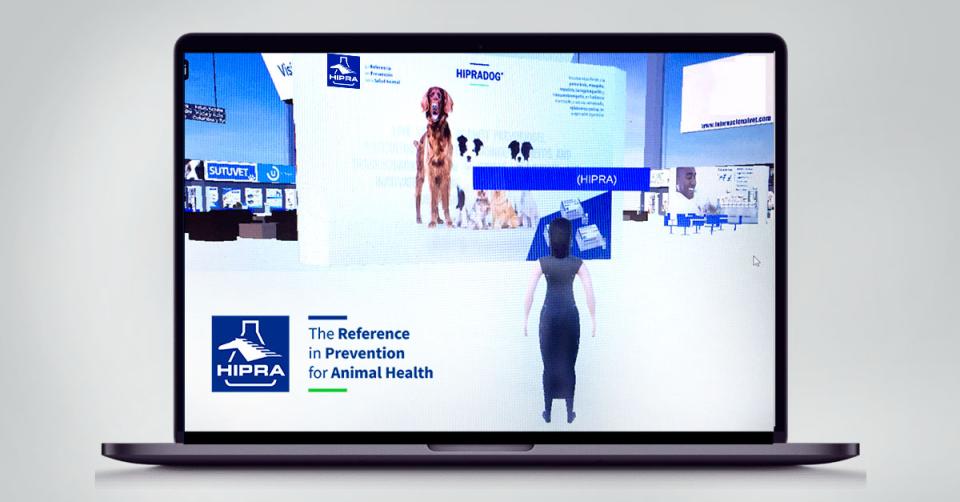Canine infectious laryngotracheitis
Canine respiratory disease, Kennel cough
AETIOLOGY:
The canine infectious respiratory disease complex may be brought about by different causative agents responsible for the disease and be exacerbated by various bacteria that act as secondary agents.
Canine adenovirus type-2 (CAV-2) is one of the main agents responsible for canine infectious laringotracheitis and belongs to the Adenoviridae family (DNA viruses that do not have an outer envelope).
EPIDEMIOLOGY:
Very contagious disease, typical of dogs that come into contact with other individuals, either in groups (breeding or boarding kennels, dog day care) or in dog shows or dog parks.
TRANSMISSION:
Aerial transmission, i.e. through the respiratory secretions of infected animals.
MEDICAL SIGNS:
This disease occurs suddenly and spreads quickly among dogs housed in kennels and shelters. Generally, the virus can spread from the upper airways to the bronchiolar epithelium and is even able to cause pneumonia.
It is usually self-limiting, regressing within 2-3 weeks.
-
Mild form: characteristic dry cough ("barking cough"), which can even cause vomiting due to the effort involved (often confusing the owner, who may assume it is a case of gastroenteritis).
-
Severe form: only in very young animals; respiratory symptoms become more severe and secondary bacterial infections occur.
DIAGNOSIS:
Presumptive diagnosis based on respiratory symptoms, sudden onset, rapid spread in animals within a group setting (may affect 100% of the group) and history of the animal.
TREATMENT, PREVENTION AND CONTROL:
Treatment varies depending on the severity of the disease, since the disease is normally self-limiting and simply improving sanitary conditions is sufficient. If it persists, cough and mucus treatment, as well as antibiotic therapy for bacterial infections, may be required.
To prevent risk of the disease, vaccination is necessary. As preventive measures, kennels and shelters must try to prevent: extreme temperatures and reduced ventilation, too high density of dogs and poor hygiene measures.
